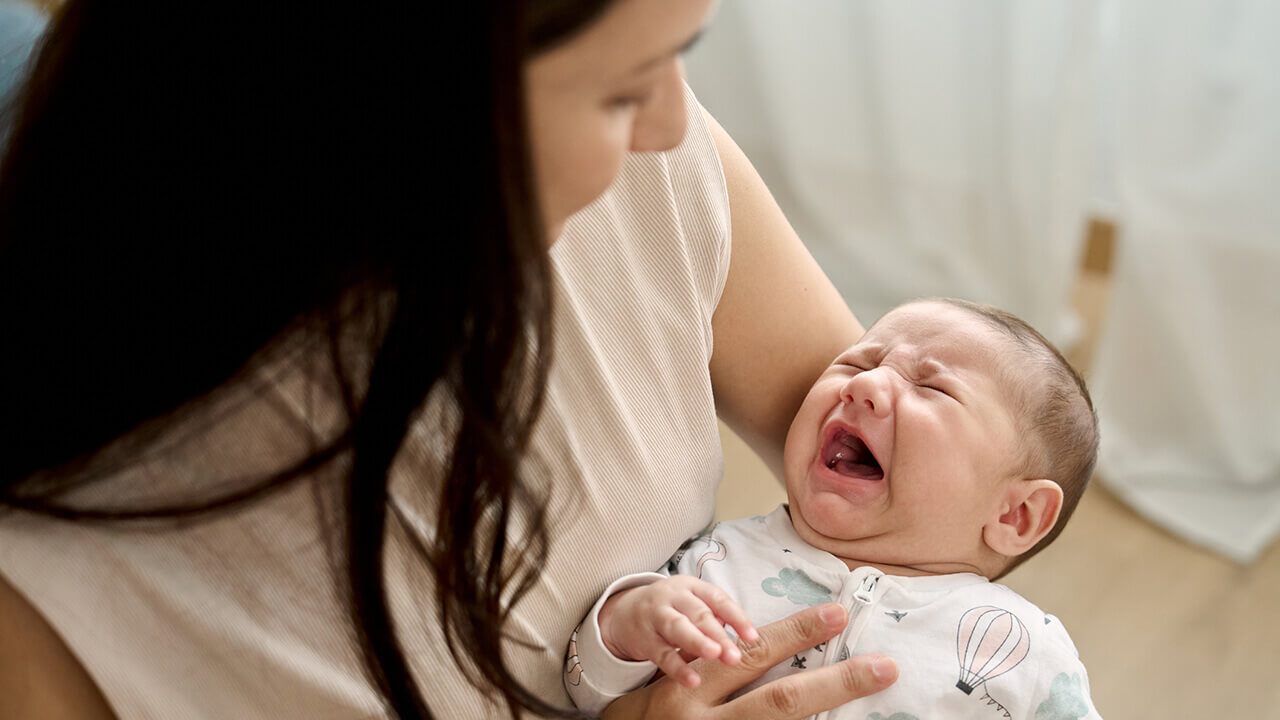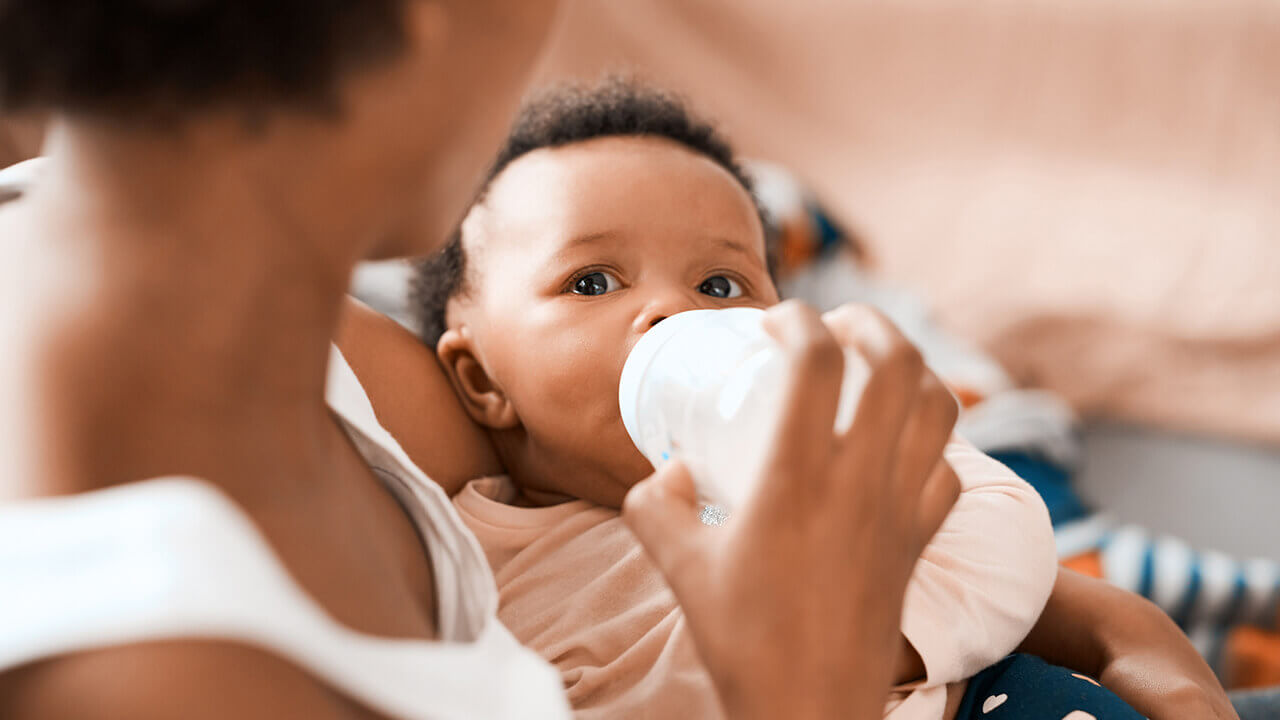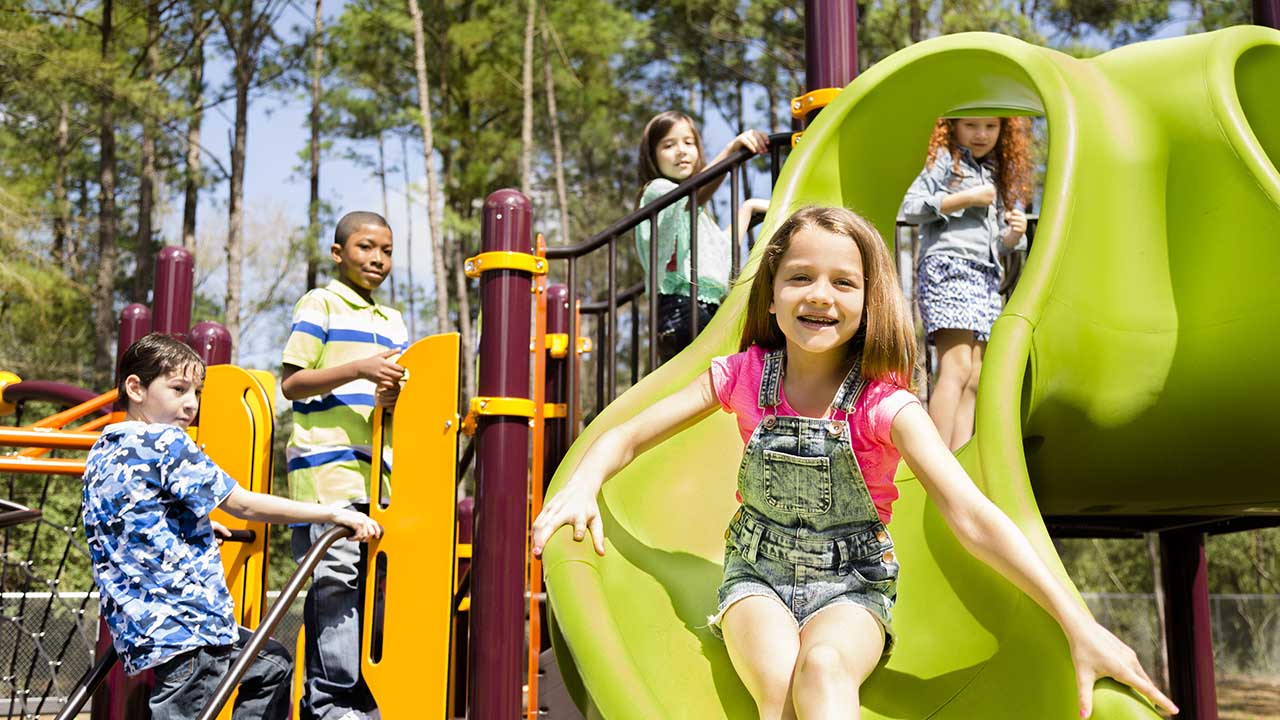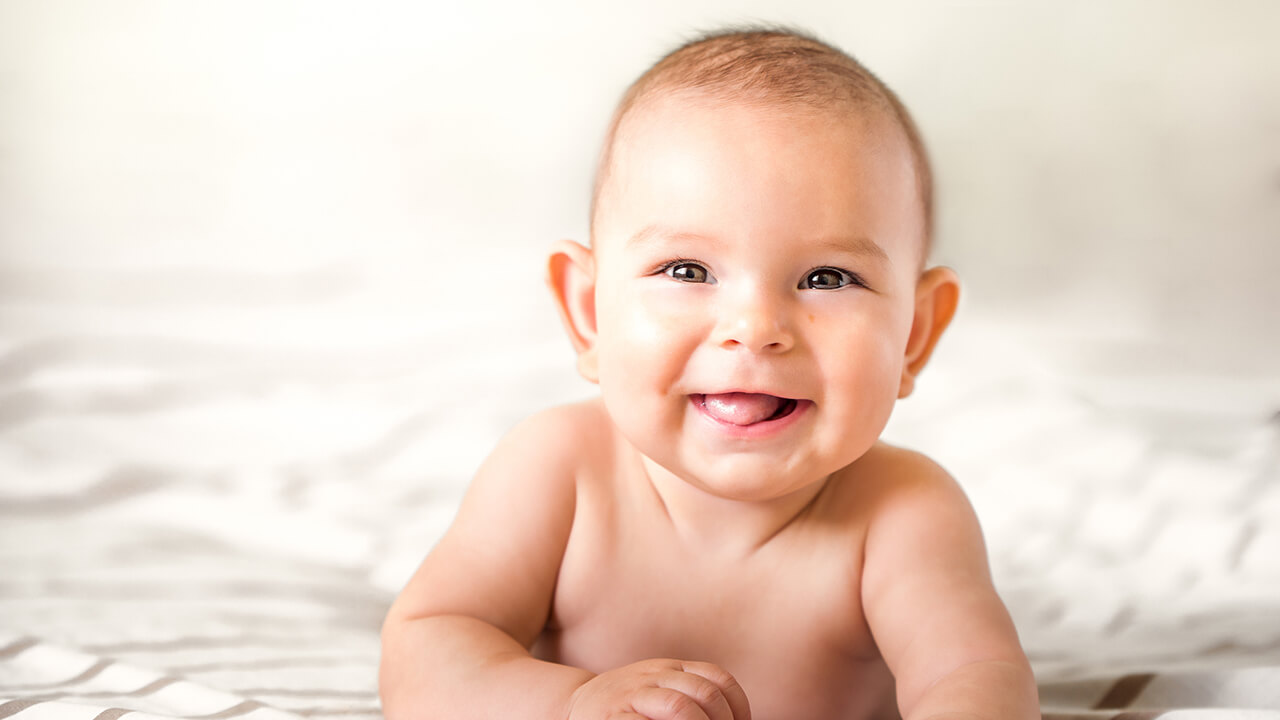December through April is cold and flu season when viral illnesses are most common, such as the “common cold.” There are actually more than 200 viruses that can cause the common cold. No wonder they are so common!
While children experience an average of six to eight colds a year (double that number if in preschool or daycare), adults do not get as many colds. While children experience multiple colds, they eventually build up an immunity for such viruses, which explains why adults don’t get as many colds.
Note: Children who are exposed to cigarette smoke may cough longer.
Despite the chesty cough that often sends us to the doctor, the lungs are not affected with common colds. Colds also do not usually wipe your child out -- the cold symptoms often bother us as parents more than the child. That’s why, in most cases, kids act pretty normal except for the constant runny nose and cough.
Note: Over the counter cold and cough medicines for children under 2 or 4 is not recommended because they may have unsafe side effects. Cold and cough medicines have never been shown to be effective in children under 6 years old. Once your child is 4, talk to their doctor about what medicine is best.
Keep offering your child liquids. Staying hydrated is key. The best thing to offer kids is water. Pedialyte® is also a good option because of the electrolytes.
For sore throats (caused from drainage or coughing):
Not all fevers need to be treated. Unless your child’s temperature is 102 rectally, they do not need a fever reducer. 102 rectally translates to 101 degrees in the mouth or ear and 100 degrees under the arm or with a temporal scanner.
Acetaminophen and ibuprofen are the most common fever reducers. They take about an hour to start working and help for 4 to 6 hours. It’s not recommended to give ibuprofen to babies under 6 months old, and never use aspirin unless specifically instructed by a physician.
While children experience an average of six to eight colds a year (double that number if in preschool or daycare), adults do not get as many colds. While children experience multiple colds, they eventually build up an immunity for such viruses, which explains why adults don’t get as many colds.
Cold symptoms and what to expect
When a child has a cold, a drippy nose usually lasts 7 to 10 days and a cough can last 10 to 14 days. One child out of three children will cough for up to three weeks, but the cough may actually sound worse as it gets better.Note: Children who are exposed to cigarette smoke may cough longer.
Despite the chesty cough that often sends us to the doctor, the lungs are not affected with common colds. Colds also do not usually wipe your child out -- the cold symptoms often bother us as parents more than the child. That’s why, in most cases, kids act pretty normal except for the constant runny nose and cough.
Tips for treating a cold
Colds are medically known as an upper respiratory tract infection and being caused by a virus, antibiotics have no effect on treating the common cold. In other words, the virus needs to run its course so the best thing to do with a cold is to keep your body healthy and offer comfort measures, while it fights off the virus.Note: Over the counter cold and cough medicines for children under 2 or 4 is not recommended because they may have unsafe side effects. Cold and cough medicines have never been shown to be effective in children under 6 years old. Once your child is 4, talk to their doctor about what medicine is best.
Keep offering your child liquids. Staying hydrated is key. The best thing to offer kids is water. Pedialyte® is also a good option because of the electrolytes.
For sore throats (caused from drainage or coughing):
- Children who are 4 years or old enough, sucking on hard candy can help. Cough drops are not necessary for kids.
- Children older than one year can also have throat soothing honey on a spoon.
- Sipping warmed apple juice can also help.
- Elevate the head of the bed or stack pillows.
- Using a topical cough suppressant like Vicks® VapoRub™ can help for children 2 years and older.
- Humidifiers may help as well.
What if my child is running a fever too?
Fever is sign your child’s body is fighting an infection. This is not necessarily a bad thing, because it creates a less favorable place for viruses and bacteria to grow. Fever will not harm your child; however, it is important to monitor a child’s fever.Not all fevers need to be treated. Unless your child’s temperature is 102 rectally, they do not need a fever reducer. 102 rectally translates to 101 degrees in the mouth or ear and 100 degrees under the arm or with a temporal scanner.
Acetaminophen and ibuprofen are the most common fever reducers. They take about an hour to start working and help for 4 to 6 hours. It’s not recommended to give ibuprofen to babies under 6 months old, and never use aspirin unless specifically instructed by a physician.



